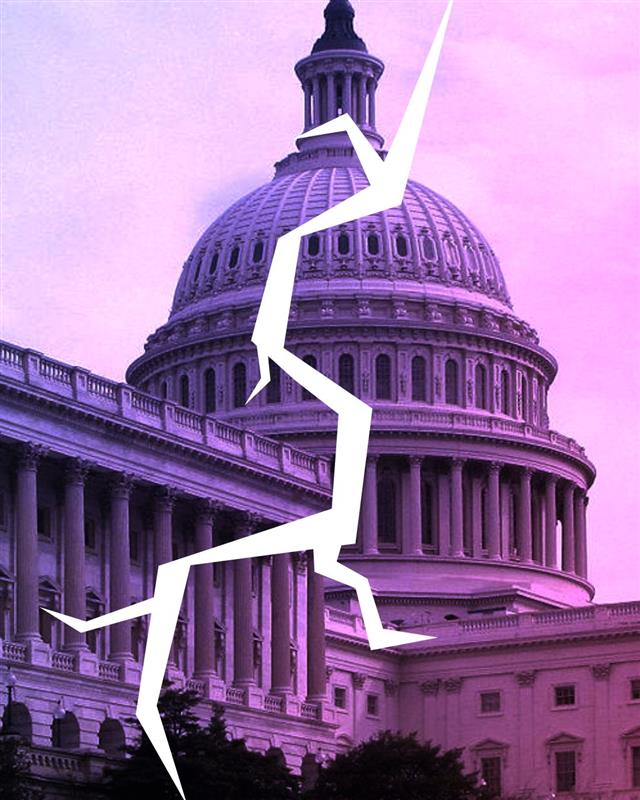As partisan gridlock intensifies, independent voters seek real solutions.
The Big Picture
The 118th Congress (2023-2024) is set to be the least productive in modern history, passing fewer bills than any session in decades. With ongoing partisan battles and a failure to address key issues, independent voters are increasingly frustrated with Washington’s inability to govern effectively.
Zooming In
Congressional Inaction at Historic Lows
At the session’s halfway point, Congress had passed only 34 bills, the lowest first-year total since the Great Depression. Currently, only 88 bills have been signed into law, far below the average productivity of past sessions.
Failing to Fulfill Core Responsibilities
Beyond passing legislation, Congress has struggled with its fundamental duty of funding the government. The last time Congress passed regular appropriations bills was in FY2019, with the reliance on last-minute stopgap funding becoming the norm. This repeated failure disrupts essential services and deepens voter mistrust.
Political Theater Over Solutions
Rather than working toward bipartisan solutions, many legislators focus on political grandstanding. The recent fight over the Safeguard American Voter Eligibility (SAVE) Act is an example of this dysfunction, with demands that had no realistic path to becoming law stalling important budget negotiations.
Data Snapshot
- 88 bills passed in the 118th Congress – the lowest in modern history.
- Only 6 out of 156 regular appropriations bills enacted since FY2011.
- 56% of Americans support having more independent and third-party candidates in Congress (Independent Center Survey).
- Between two-thirds and three-quarters of voters favor bipartisan cooperation over partisan gridlock.
Independent Lens
For independent voters, Congress’s failure to deliver results is a growing concern. Instead of partisanship, they want elected officials who prioritize problem-solving and bipartisan cooperation. The inability to address key national issues while engaging in political theater only deepens public frustration.
Real leadership means working together to tackle the debt crisis, fund essential government functions, and pass meaningful legislation. If Congress continues its current trajectory, independent voters will be looking elsewhere for representatives who can actually get the job done.
Want to stay informed on independent voter issues? Subscribe to our newsletter for the latest insights from the Independent Center.





%201.jpg)